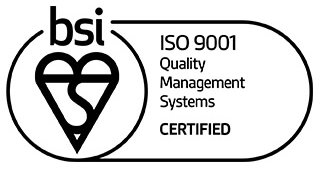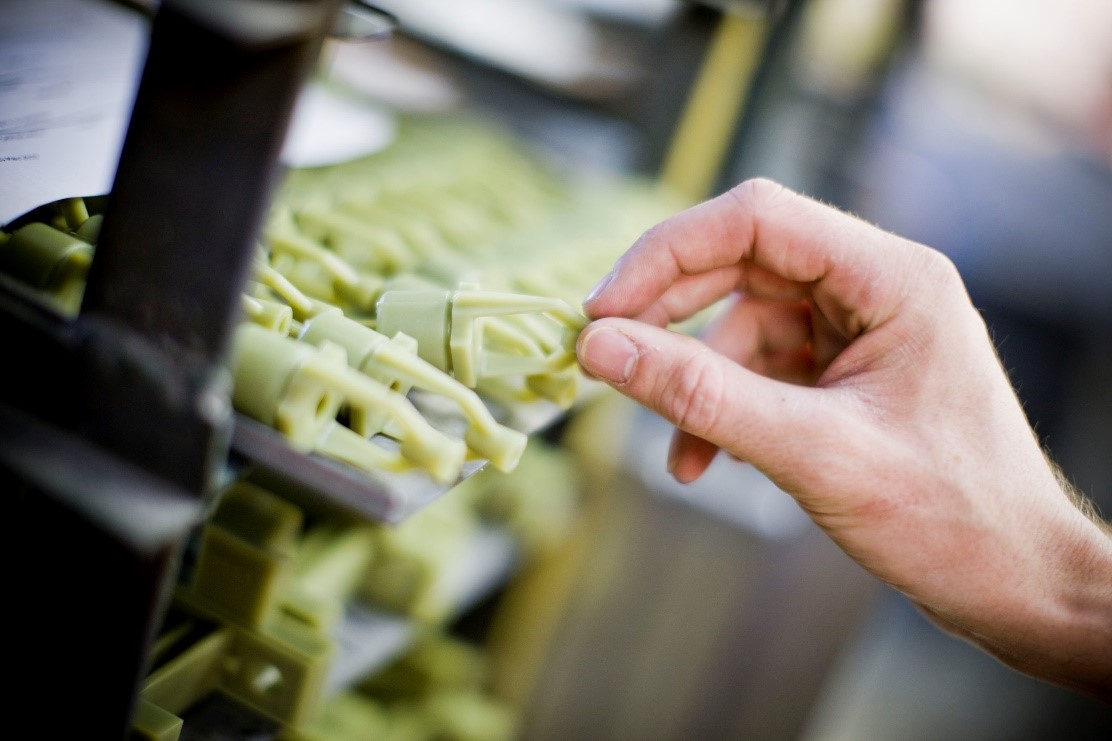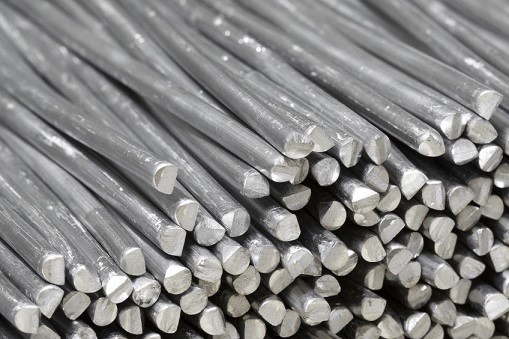Investment Casting vs Die Casting
With so many metal casting processes used to produce parts and components for a variety of industries, it can be challenging to understand the differences between them. Dean Group specialises in investment casting, but this isn’t the only process we offer our clients – die casting is also a key technique in metalwork.
In this article, we’re taking a look at both processes, what makes them different from one another and the advantages they offer.
What is Investment Casting?
Investment casting has been around for, at least, 5,000 years. As one of the oldest known metal casting methods, in which molten metal is poured into a mould, the technique can be traced back to Ancient Egypt and China. It was mainly used to create jewellery and other ornaments. Today, the investment casting process uses high-technology waxes, refractory materials and a large range of alloys.
There are several steps to the method:
- A ‘pattern’ of the part that will be cast is created by injecting wax into a die, a process that is also used in die casting.
- Several wax patterns are compiled into a completed assembly known as a gating system or ‘tree’.
- The investment stage consists of immersing the assembly in a high-grade ceramic slurry.
- An additional coating of coarse ceramic particles up to 10mm thick is build up while the assembly is still wet.
- The wax is melted from the dry mould, leaving a thin-walled and hollow ceramic shell.
- The moulds are fired (at temperatures of 1000oC) to remove any last vestiges of wax and add durability to the final mould.
- Molten metal is then poured within the still-heated moulds (they’re heated because this creates better dimensional accuracy).
- The mould is broken or cut to reveal the casting.
- The final part is finished with any necessary treatments or finishes.
Advantages of Investment Casting
There are many benefits to using investment casting, including Dean Group’s very own aluminium investment casting (ELITE) process. This process allows many intricate and complex forms to be cast, creates smooth surfaces with no parting lines and offers good dimensional accuracy.
It also allows for both low and high-volume manufacturing, for a reduced cost of production and for the addition of names, logos or numbers to the parts. Furthermore, investment casting can use a wide range of alloys, be it ferrous or non-ferrous, and allows for high levels of accuracy, repeatability and integrity.
Investment Casting Applications
Investment casting can be used in a variety of industries, as its applications are almost endless. However, certain sectors benefit more from this casting technique, such as the aerospace, automotive, oil and gas, military and defence, medical and renewable energy industries.
This process is ideal for medium to high-volume orders, for projects that require high precision parts, when you need a wide range of sizes, when several materials need to be used, for smooth surface finishes and to maintain overall low production costs.
What is Die Casting?
Die casting is another popular way to create parts and components. The process creates large quantities of complex, intricate parts through the use of a die, which is a reusable mould created to the specific design of your component.
It works by pouring or injecting molten metal, such as aluminium during aluminium die casting, under high pressure into a mould cavity. After a die for the production of a part is created, a metal with a low melting point, such as aluminium, is forced into the die and cast to manufacture even the most complicated of designs
At Dean Group, we offer two different methods of die casting: pressure and gravity.
Pressure die casting refers to the automated process in which metal is injected at high force into the die. This quick and cost-effective process is also reliable and suitable for a high volume of orders. The parts manufactured are net-shaped and have tight tolerances, as well as thin walls and close consistent dimensional control.
As for gravity die casting, which also creates high-quality components, the process requires the metal to be poured into the mould via hydrostatic head weight, with the correct filling of the die being controlled by tilting. This method is great for low to medium volume orders and can be an automatic or manual process.
Advantages of Die Casting
Die casting offers a wealth of advantages, including:
- Good dimensional accuracy – parts are durable and dimensionally stable while maintaining close tolerances.
- Several finishing options – the method offers components that can match any requirements, so it’s ideal for both smooth and textured finishes.
- Fast production times – it’s possible to manufacture thousands of identical castings, with little to no machining, quickly.
- Thin walls – casts have thinner walls when compared to other methods.
- Automation – die casting can be fully automated.
Both pressure and gravity casting are suitable for alloys with low melting points, like zinc and aluminium.
Die Casting Applications
Just like investment casting, there’s a wide range of applications for die casting. These include, mainly, medium-sized parts with complex details, like toys, cars, power tool housings, pumps, compressors, electronic components, measuring instruments and gears.
Investment Casting or Die Casting?
But how do you know which process is the right one for your project? The choice of materials will play an important role in this decision.
After all, die casts parts tend to be manufactured from non-ferrous metals, such as zinc, aluminium and magnesium, while investment castings can be created from both ferrous (like stainless steel) and non-ferrous metals.
Another important consideration is the volume of production. Investment casting best suited for lower volume projects, while die casting is suitable for larger production runs and orders.
Investment casting can be more time-consuming and require more labour; however, die casting is a faster process that can also be automated, which means a die-cast part can be created without human labour.
Both methods create parts with similar features, although they vary in associated costs, volume capacity and manufacturing times. Depending on your needs, one process may be more suitable than the other, but we can figure that out at Dean Group.
We work together with our clients from design to completion, ensuring that you get high-quality castings that match your exact specifications – and that meet your industry’s standards. Talk to us to learn more about what we can do for you.
Registered in England VAT No: 146307478 Company Registration No: 1062820







